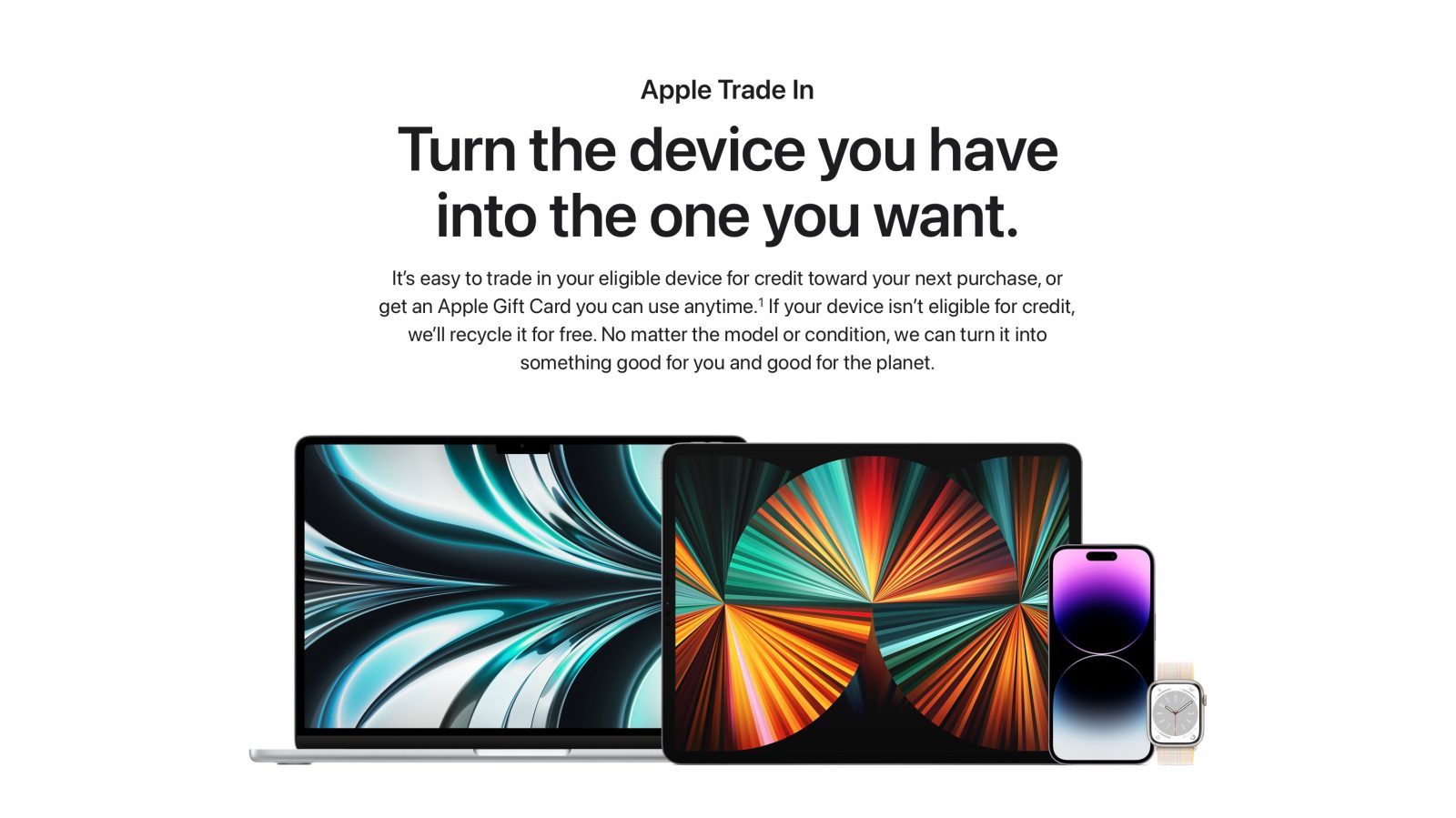
Over the last several years, Apple has increasingly focused on its iPhone trade-in program. By offering lucrative trade-in details, often in partnership with carriers, Apple can entice iPhone users to upgrade every year. This trade-in program, however, has caused users a number of headaches, and the situation doesn’t appear to be improving…
I’ve traded in a few iPhones to Apple over the years without issue. This year, however, I received an email about a week and a half after I mailed in an iPhone 13 Pro Max saying that the box had arrived at Apple’s trade-in facility, but that there was nothing inside the box.
When we received your trade-in kit, there was no device inside the box. If this was intended, or if you’ve already contacted us concerning this issue, disregard this email. Otherwise, it’s important that you reply with the following information as soon as possible:
– The exact item(s) you placed inside the return packaging
– A detailed description of how you packaged and sealed the goods inside
This is an email no one wants to receive. The idea that you may suddenly be on the hook for the $700+ trade-in credit you received toward your new iPhone 14 Pro Max is stressful. And sure enough, Apple charged my card on file a day later for that $705 trade-in value.
When I posted about this situation on Twitter, it quickly became clear that this is a common problem. Countless iPhone buyers seem to receive an email like this every year, and the iPhone 14 launch this year appears to be no different. A quick look on forums like Reddit reveals that this is a pretty common problem.
The good news is that, in most situations, Apple resolves this problem without too much hassle. If you respond to the initial email, the company will “investigate” the situation and credit your account for the trade-in amount. There are situations where this isn’t the outcome, however. And either way, it’s a stressful situation that makes a customer less likely to buy an iPhone the next year.
9to5Mac’s Take

There’s a clear problem in the process of Apple’s iPhone trade-in program. The company relies heavily on third parties for crucial aspects of this program, including UPS and FedEx for shipping and other third parties for managing receiving and inventory of traded-in iPhones.
Top comment by Justin Cox
What’s most likely happening here is that somewhere between when the customer drops the iPhone off at a courier (like UPS in my case) and when it’s received at the trade-in facility, the iPhone is stolen from the box. Someone involved in that process opens the box, takes the iPhone, seals it back up, and it’s shipped to its final destination as if nothing happened.
In response to my tweet, one of the most common suggestions was simply to avoid doing trade-ins via mail. Instead, people suggested, you should always complete your trade-in at an Apple Store. That’s excellent advice if you live close to an Apple Store. Many people, including myself, don’t have that luxury. Trading in an iPhone is meant to make the process of buying a new one as convenient as possible, and being able to send it in via mail is a key part of that.
The best solution to this problem is for Apple to add some sort of “Trade-In Mode” to the iPhone. This could be a software mode you put your iPhone into before mailing it in and completing the trade-in. Most importantly, this mode could put your iPhone into a version of Find My where you (and Apple) can track its progress toward the final trade-in destination.
Have you ever had this problem? What has your experience been with trading in your iPhone to Apple? Let us know down in the comments.
FTC: We use income earning auto affiliate links. More.




Comments